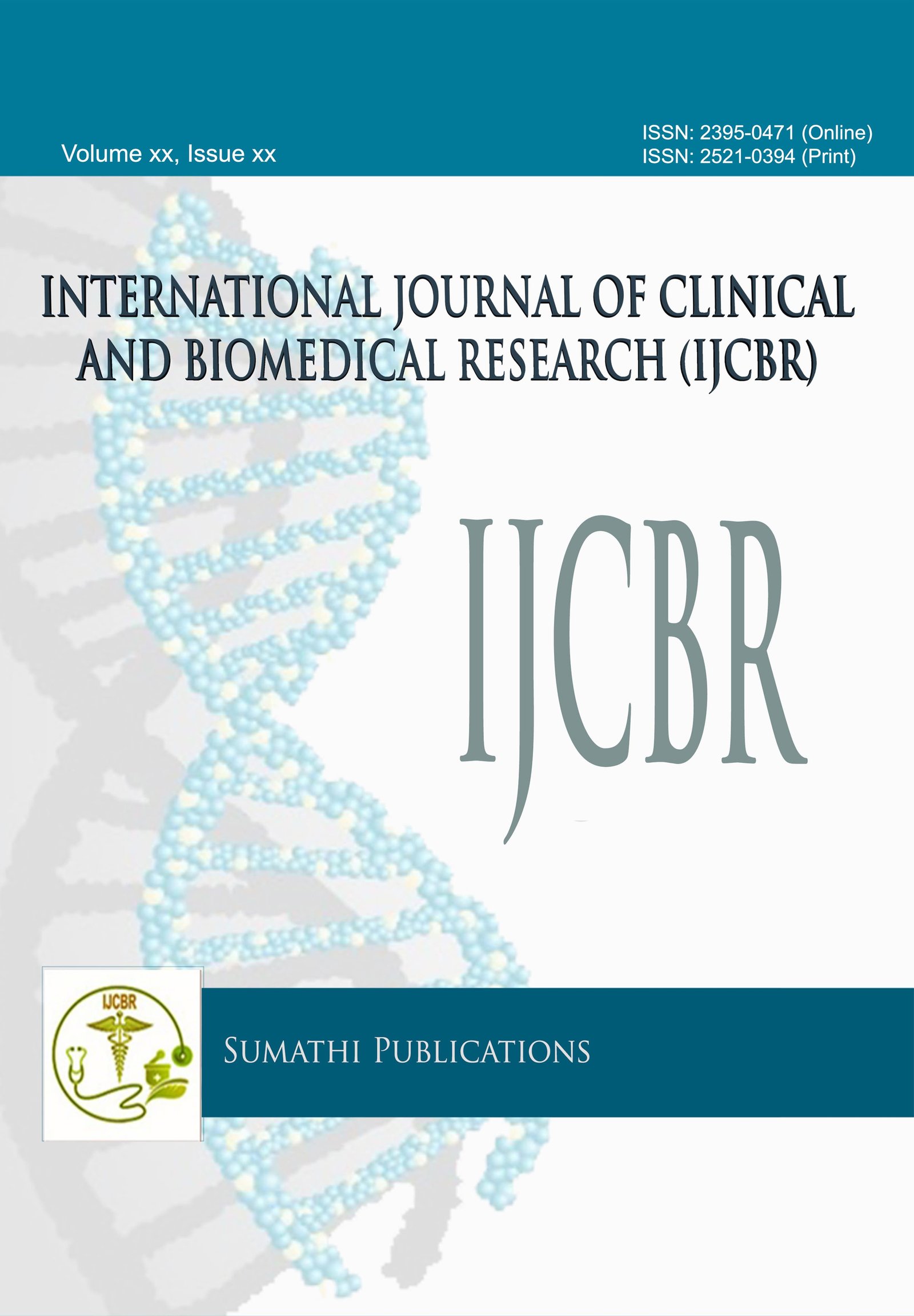COMPARISON OF PREDICTORS OF DIFFICULT INTUBATION
Abstract
Context: Unanticipated difficult laryngoscopy and tracheal intubation always remain a primary concern for an anaesthesiologist as the failure to maintain a patent airway during induction of anaesthesia may lead to anaesthesia related morbidity and mortality. Aims: The aim of our study was to predict difficult intubation and to identify best predictor(s) among them and also to compare the sensitivity, specificity, positive predictive value, negative predictive value and accuracy of various airway parameters.Airway parameters taken in our study were Modified Mallampati Classification (MMT), Thyromental Distance (TMD), Sternomental Distance (SMD), Interincisor Gap (IIG), Upper Lip Bite Test (ULBT), Degree of Neck Extension (DNE), Anterior Subluxation of Mandible (ASM) and Protruding Teeth (PT). Methods and Material: 350 patients of ASA Grade 1 and 2 scheduled for various elective surgeries under general anaesthesia were included in our study and were assessed preoperatively for different airway parameters. Intraoperatively all patients were classified as difficult and easy intubation group according to Cormack and Lehane laryngoscopic view. Clinical data of each test was collected, tabulated and analyzed to obtain the sensitivity, specificity, positive predictive value and negative predictive value. Results: The upper lip bite test had the highest sensitivity (80%); Anterior subluxation of mandible had highest specificity (99.06%) and both of above were most accurate tests. The overall incidence of difficult intubation was 8.57%. Conclusion: Upper lip bite test was the best predictor of difficult intubation and it should be included as a routine test along with Modified mallampati test in preanaesthetic evaluation.
Downloads
Downloads
Published
Issue
Section
License
The journal allows the author(s) to hold the copyright without restrictions and will retain publishing rights without restrictions.
The submitted papers are assumed to contain no proprietary material unprotected by patent or patent application; responsibility for technical content and for protection of proprietary material rests solely with the author(s) and their organizations and is not the responsibility of the journal. The main (first/corresponding) author is responsible for ensuring that the article has been seen and approved by all the other authors. It is the responsibility of the author to obtain all necessary copyright release permissions for the use of any copyrighted materials in the manuscript prior to the submission.
What are my rights as an author?
It is important to check the policy for the journal to which you are submitting or publishing to establish your rights as
Author. Journal's standard policies allow the following re-use rights:
- The journal allows the author(s) to hold the copyright without restrictions.
- The journal allows the author(s) to obtain publishing rights without restrictions.
- You may do whatever you wish with the version of the article you submitted to the journal.
- Once the article has been accepted for publication, you may post the accepted version of the article on your own personal website, your department's website or the repository of your institution without any restrictions.
- You may not post the accepted version of the article in any repository other than those listed above (i.e. you may not deposit in the repository of another institution or a subject-matter repository) until 12 months after publication of the article in the journal.
- You may use the published article for your own teaching needs or to supply on an individual basis to research colleagues, provided that such supply is not for commercial purposes.





